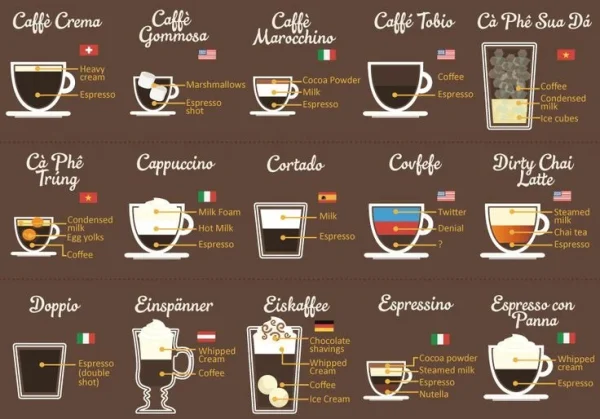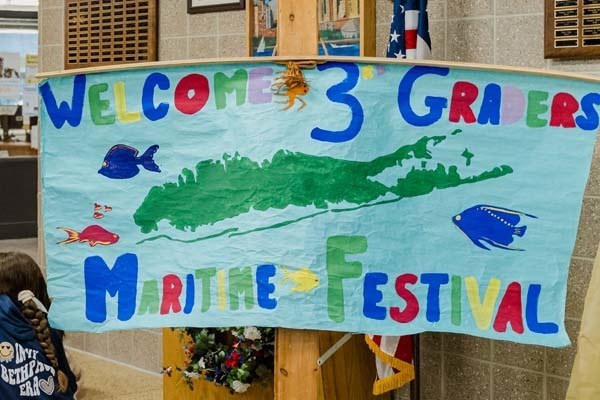
Before delving into the somewhat congested insights of coffee—however you may take that—, a quick hat tip to Sabrina Carpenter for informing the world that it is in fact called “Espresso” and not EX-presso.
The intricately produced global phenomenon took the world by storm this summer and no further clarification shall be made as to whether or not this article is inspired by the Song of the Year winner–per the Video Music Awards.
Coffee has cocooned itself and re-emerged as a whole new individual countless times throughout history. From Kaldi in Ethiopia who discovered his spirited goats eating mysterious leaves to a Yemenite Sufi mystic’s encounter with birds pecking on peculiar berries, the origin of coffee has multiplied itself and still remains unknown.
But one thing remains constant: no one coffee tastes the same.
Regions from all over the world have their own way of making coffee. In South India: a mixture of coffee and boiled milk, Spain: adding sweetened condensed milk, and the birthplace of espresso: Italy.
Exquisite coffee from every region of the world, taken one sip at a time.
However, the way coffee is drunk has layers. For example, you don’t see many people sitting in a cafe, peacefully enjoying their surroundings in America. Many are on the run to work or school—others doing work in the cafe itself. This is the opposite in a country such as France. Typically in France you would see couples or friends sitting in an ensemble and chatting whilst enjoying their coffee.
Other regions of the world specify certain traditions surrounding coffee. According to Sagebrush Coffee, “A bridegroom’s parents would visit a young girl’s family to ask for the bride-to-be’s hand and her parents’ blessing. During this meeting, the bride-to-be prepares and serves Turkish coffee to guests. For the bridegroom’s coffee, she may add salt instead of sugar to gauge his character. If the bridegroom drinks his coffee without any sign of displeasure, the bride-to-be assumes that the groom is of excellent and patient temperament.” These traditions exemplify how detrimental this drink is to so many cultures that we may not know about. Other countries have their own practices with coffee, as well. BHS might need to catch up on some of these…
Speaking of BHS, the home of the golden eagles has their own culture around coffee. One most likely would see the multitude of Starbucks cups floating in the hallways. The same can be said for tumblers as well. When inquired about the culture of coffee at BHS, a few students shared their thoughts on the explosive trends that follow.
Many students drink coffee daily typically from a cafe and include many different syrups and milks. For example, senior Carys Cho describes how she usually orders “a medium iced coffee with two pumps of french vanilla, two pumps of caramel, and sweet cold foam.” More like a liquified dessert, yikes.
When asked if BHS seniors drank coffee for its taste or effectiveness, most students concur with taste. This is not typical for most Americans, though: the motto of Dunkin is quite literally “America runs on Dunkin.”
However some students such as Gabriella Hernandez claim that coffee does the opposite of its usual effect. She explains how she drinks coffee 3-4 times a day and that “the more coffee I drink, the less of an effect it has on me.” Even going on to say that caffeine makes her sleepy instead of energized.
Clearly coffee has invented itself throughout a multitude of cultures and regions, molding itself into shapes of explosive languages; each sip a walk into wonderland, or whatever that means .
.












